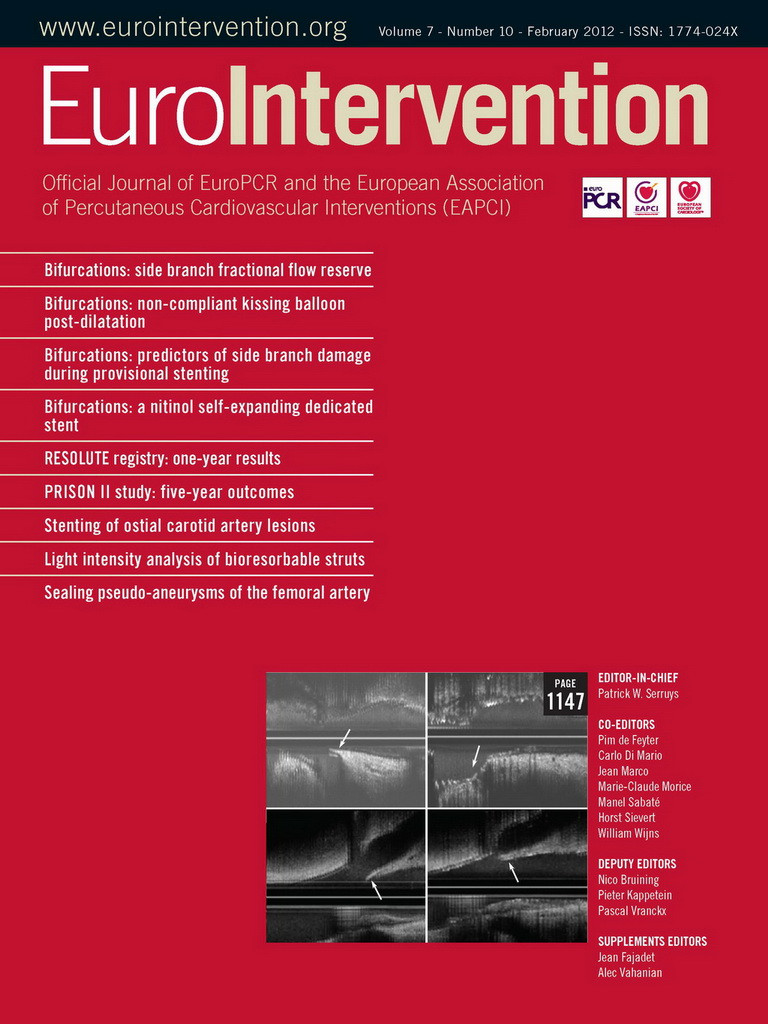Dear Colleagues,
We are just back from a very exciting trip to Singapore for the third annual AsiaPCR/SingLive and, as usual, have discovered avibrant and engrossing approach to clinical practice, which is often different from our own. It is fascinating to consider the different epidemiologic and cultural differences that we as clinicians face, and it reminds us that our world, which seems to be constantly shrinking still is vast and holds many surprises.
Our understanding of the world, and the way we live in it is governed by our perceptions of how things should be and, as I have often remarked in my editorials, for those of us in Europe, no matter how international or open we think ourselves, we remain in some sense very provincial. It is as if we lack a certain “global confidence”, if I can call it that, which would allow us to determine the limits, in our own terms, of our world. For instance, we do our research here, and then we publish it in America. We are innovative in our ideas and techniques, and then we turn to American companies and institutions to make these ideas reality. How many of our best have chosen to pass part of their careers in the United States? And, no matter how good our publications become, and I emphasise this again, we are still fighting for our own people to submit to us.
This recent trip to Asia reminded me that we are far from alone, and underlined the fact that when we turn westward to the United States, perhaps it is eastward we should turn as well, to China, where enterprising men and women, led by such doctors as Run-Lin Gao, are taking a new lead in the practice of medicine. One of the rewarding moments of an international congress, is the opportunity to discuss with people such as those involved in the China Interventional Therapeutics (CIT), and imagine future ways to collaborate.
As I returned to Europe the press was burning over a row in the US congress that will allow for further controls on the Internet by American interests. This legislation received a tremendous amount of media attention, and has been put aside for the moment, and while we are not here to discuss American politics, another law proposed could have an effect on the way we –Europeans, Asians, South Americans as well as citizens of the United States– diffuse medical and clinical information. On December 16th, bill H. R. 3699 (also known as the “Research Works Act”) was introduced before the US House of Representatives “to ensure the continued publication and integrity of peer-reviewed research works by the private sector.” This sounds innocuous enough, but remember, this targets PubMed the international source for our scientific publications and their referencing. PubMed is a part of the US agency, the National Institutes of Health and, until now, has had a policy of open public access. For a journal such as ours, where the articles are freely available, you find the reference in PubMed, you click, and you have the article. But this proposed law, the “Research Works Act”, is intended to change all that and can, thus, have a direct effect on the way we access medical information and research. In apress release on January 18th, the American Association for the Advancement of Science (AAAS), the general, non-profit scientific society that is also the publisher of the journal Science, expressed their criticism of this act, which, in the words of their Chief Executive Officer, Alan I. Leshner, would “prevent the NIH from requiring its grantees to make biomedical research findings freely available via the National Library of Medicine’s Web site.” He went on to say that “we believe the current NIH public access policy provides an important mechanism for ensuring that the public has access to biomedical research findings….” PubMed grew out of this National Library of Medicine and, as you know, it is the authoritative open access digital database for almost all the scientific literature available today. To be referenced by PubMed was one of our proudest moments in the early history of EuroIntervention, and an essential “coming of age” for the journal to be taken seriously by both authors and readers.
I am not trying in any way to influence American legislation, but the fact that the US is considering this law could affect the way, here in Europe, I will practice. All of us, our friends in Asia, my fellow European editors and authors, all of us, look toward PubMed almost exclusively for the referencing of our work and now that the “freedom” of PubMed is being questioned we need to sit back, all of us participating internationally in this American referencing resource and ask where we stand.
We have entered this one-way street with eyes wide open. If we are not to find ourselves backed against a wall, blocked access to research and publications –which often originated outside the United States– then isn’t it time we created our own, neutral and international referencing source?
The world is shrinking, perhaps, but shouldn’t we have some say on who is pulling the strings?

